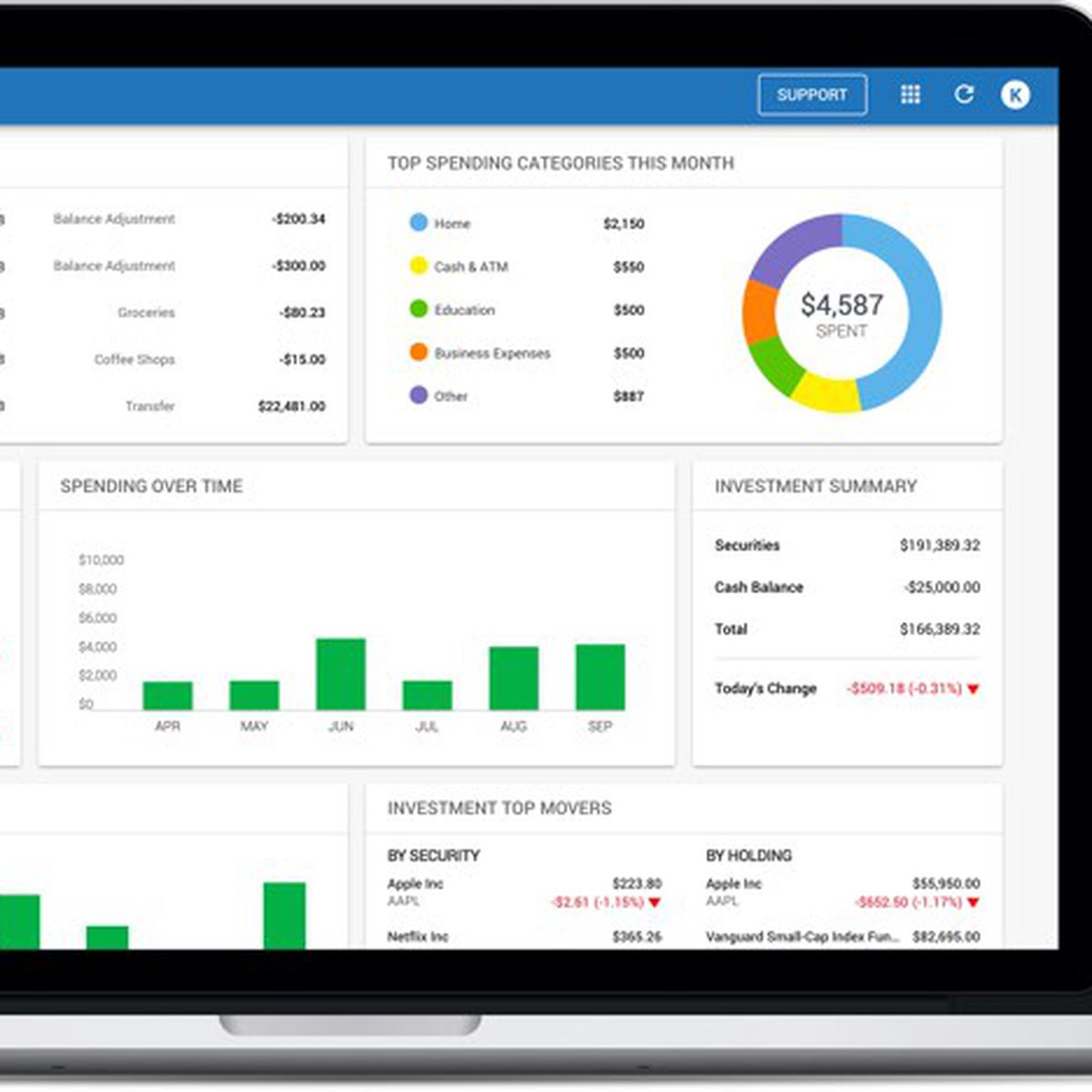
Columns: Select the columns to hide or show in the register (or hold down the Control key and click in any column header to select from a list).Reconcile: Reconcile the selected account.

Print: Print transactions from the selected register (or type ⌘P).Paid: Mark the selected, scheduled transaction as paid (i.e.Schedule: Create a new, scheduled transaction (bill or income reminder) OR create a scheduled transaction based on the selected transaction.Delete: Delete the selected transaction (or type the delete key).Split: Split the selected transaction (or click the split icon in the row or type option + ⌘ + S ).Edit: Edit the selected transaction (or double-click or type ⌘E ).New: Add a new manual transaction (or type ⌘N).This contains commonly used register actions: At the bottom of every register is the register toolbar.To show all transactions again, click the Clear button ( ) in the Search field. You can search on payee, tag, category, amount, account, or any other column displayed in the register. Turn on additional columns to broaden your search or select the dropdown menu in the search field to narrow your search. All visible columns are searched by default.


Experiment with these settings to find the view that is right for you. Filter by date, transaction type, and more. At the top of every register, you'll find a filter bar with tools to let you manage and filter what appears in the register.Although the types of transactions vary from register to register, the basic entry techniques are the same whether you are using the register for a bank, cash, credit card, asset, or liability account. When you add a new account, Quicken creates a transaction register for that account. A transaction is any item that affects the balance in your account, such as purchase, credit, debit, or charge. Every Quicken account has a register where you can download or manually enter transactions for that account.


 0 kommentar(er)
0 kommentar(er)
